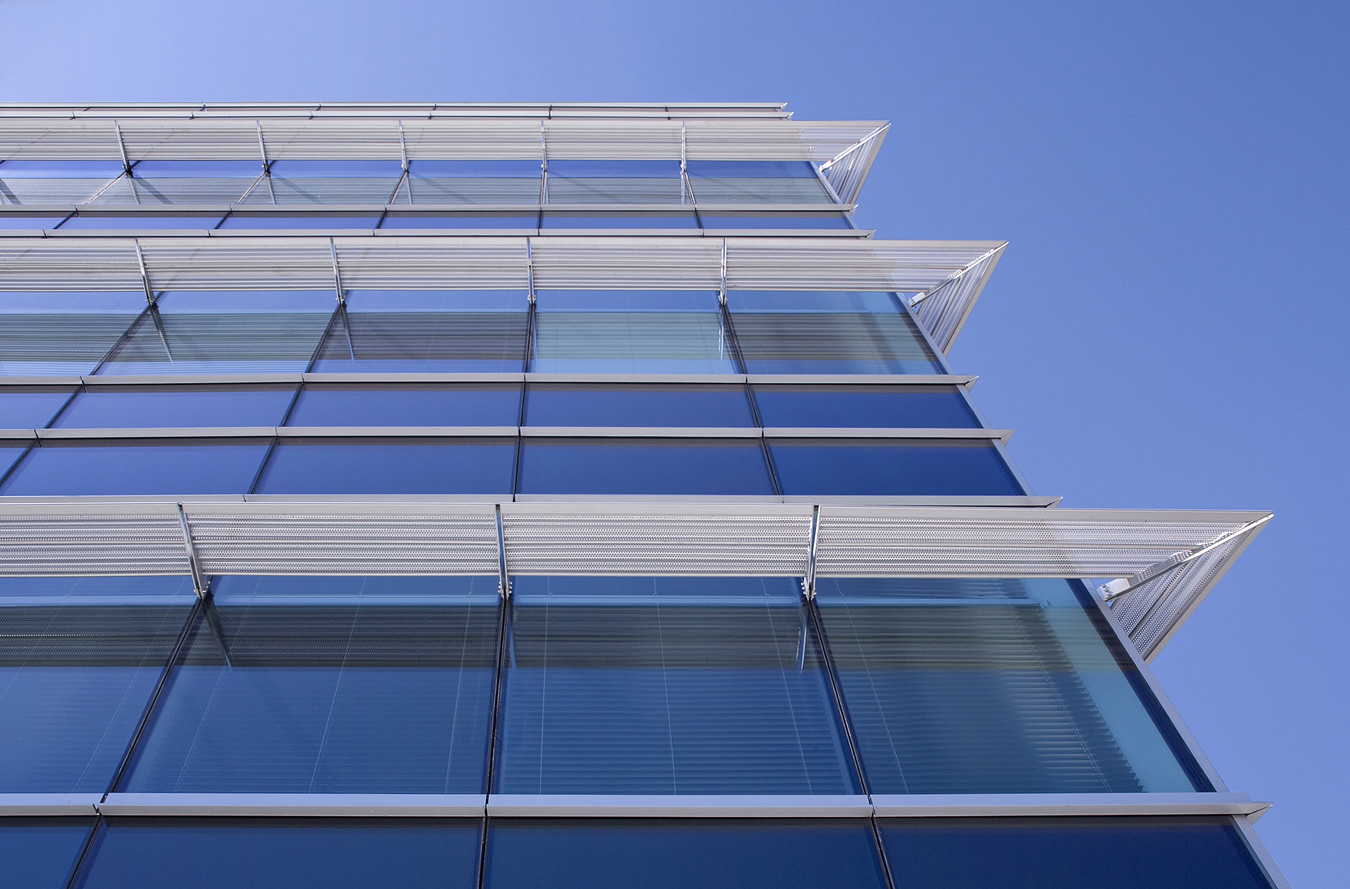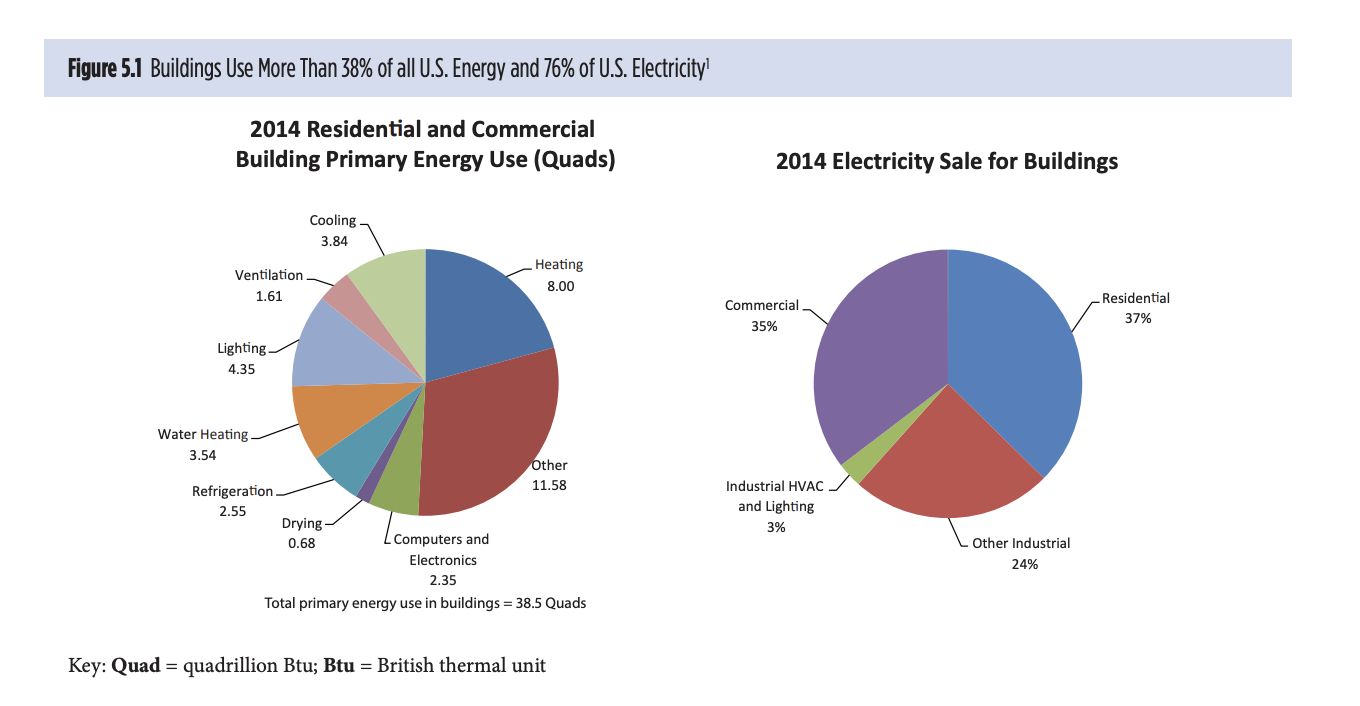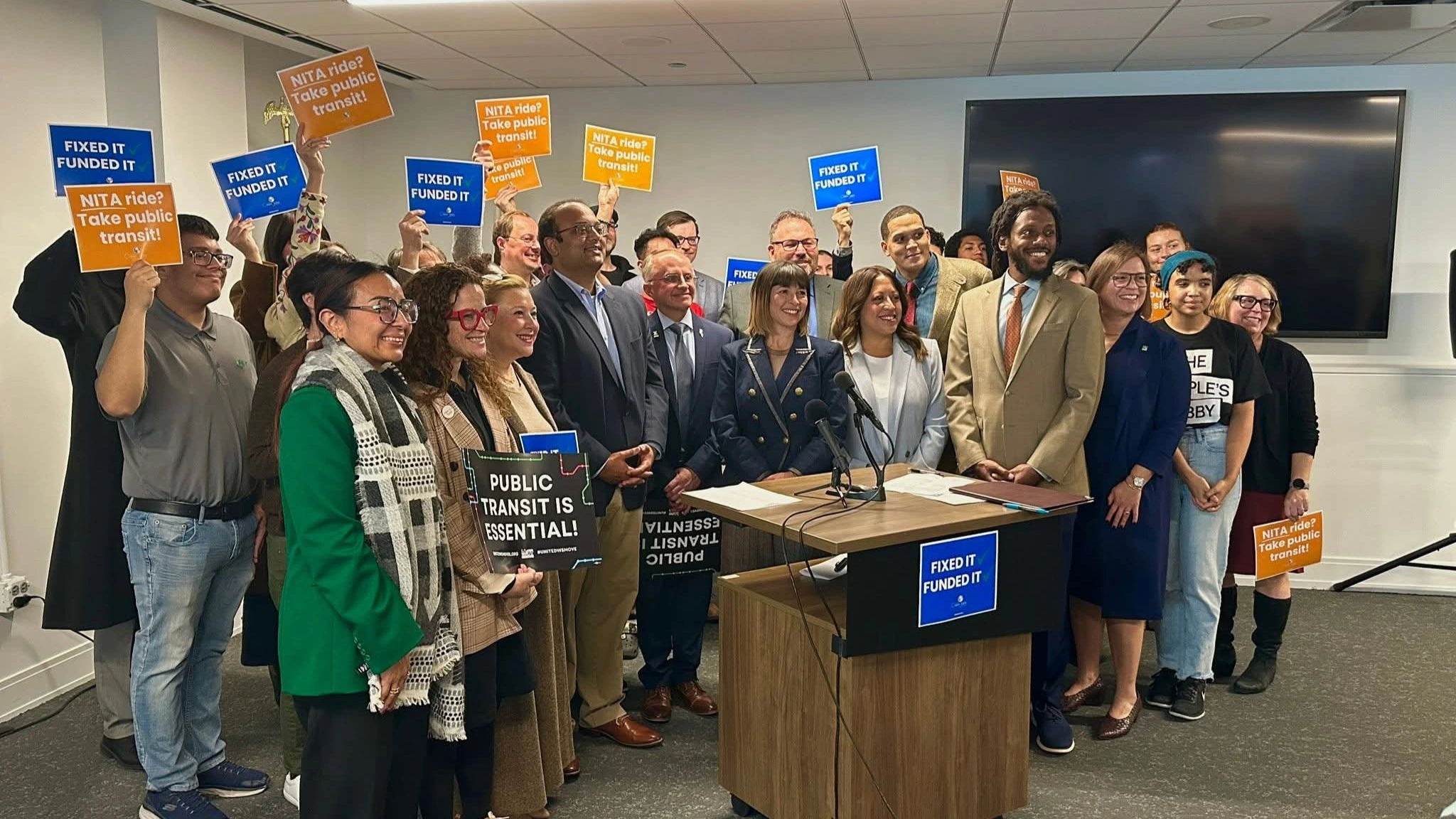By Nate Kinsey, Evergreen Action Policy Advisor
As Congress works to finalize a generational investment into fighting the climate crisis, from coast to coast, Americans are seeking refuge from wildfire smoke, hurricanes, torrential rain, and extreme heat in an often overlooked piece of America’s infrastructure, buildings. America has 124 million residential buildings and 5.6 million commercial buildings that together have an outsized impact on everything from climate pollution to our public health.
The burning of fossil fuels in 90 million residential buildings and 4 million commercial buildings for heating and cooking is responsible for 12% of America’s greenhouse gas (GHG) pollution and is a massive contributor to poor air quality. As of 2017, the burning of fossil fuels in our buildings overtook coal power plants as the second largest contributor to poor outdoor air quality, causing an estimated 18,300 early deaths and $205 billion in health impacts annually. These harms from air pollution fall greatest upon communities of color and low-income communities, who cannot afford building improvements like air filtration and ventilation.
Buildings impact how the entirety of America’s energy system operates. Buildings consume 76% of the nation’s electricity and 25% of the nation’s fossil gas annually. The climate crisis has increased the demand for heated and cooled homes and businesses. In turn, this has driven and extended the energy system’s seasonal “system peaks'' driving up GHG pollution, utility bills, and causing electricity blackouts. And the billions spent by gas utilities each year to maintain and operate an outdated fossil gas system built to serve buildings has skyrocketed since 2000. All these costs are most deeply felt by minority and low-income households who are more likely to live in poorly insulated and less energy-inefficient homes.




